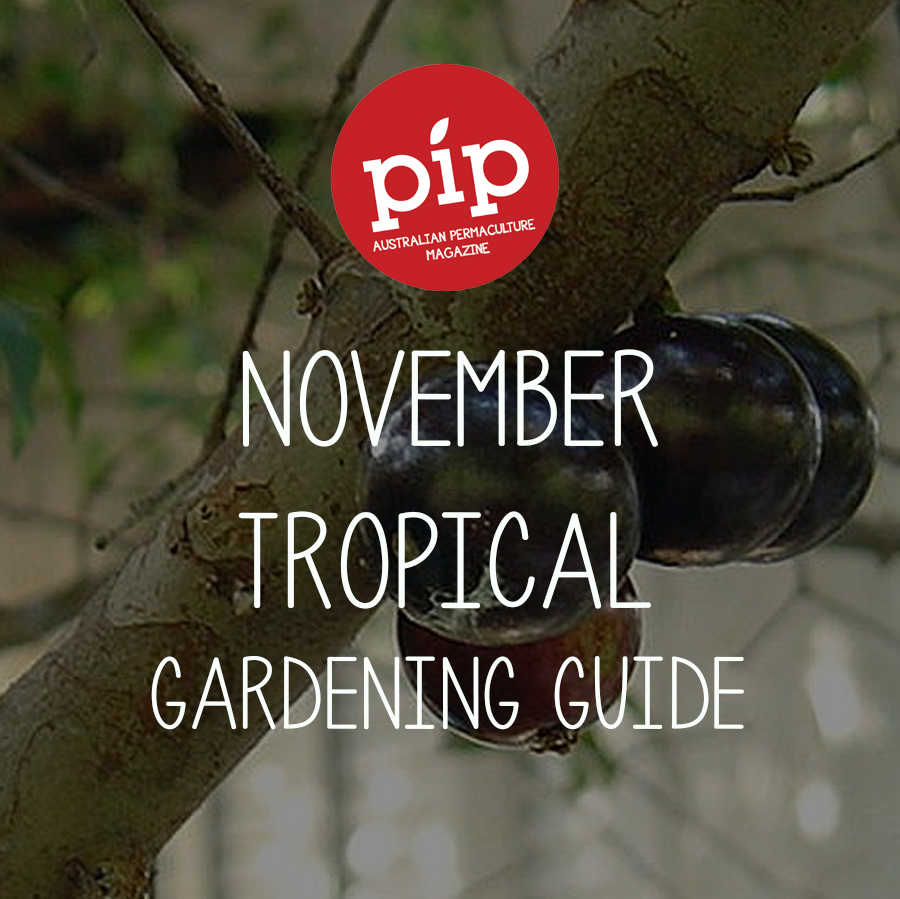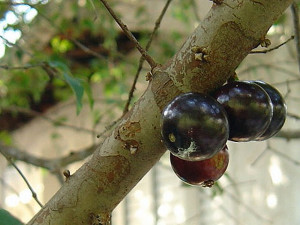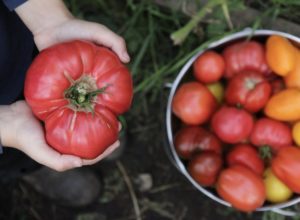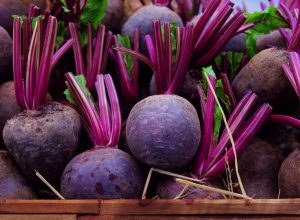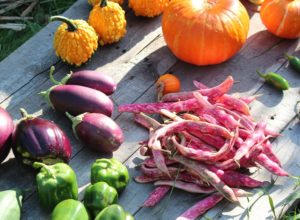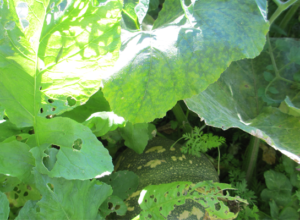November in the tropical garden
by Kathleen Hosking, Mackay, QLD of Solution Focused
WHAT TO PLANT?
- Plant capsicum and eggplant to get them established before the strong winds and rain of the wet season.
- Snake beans grow well in the wet season. There are climbing and dwarf varieties. Harvest the beans when they are still slim and short. They can be a little tough if left to grow to full size.
- Pigeon peas are another legume that grows well in the wet season. The branches can be pruned lightly at regular intervals to provide some protection for seedlings. Pigeon peas are a small leguminous tree and produces pods which contain a number of small beans. It is widely used as a vegetable, a dried bean and a dhal in many parts of the tropical world. Each tree produces a prodigious crop of pods. My chooks would jump to waist height for a fresh bean shelled by me. Unfortunately they need to be shelled prior to use. It is a good job to do when sitting in front of the TV.
- Plant cuttings of sweet leaf to ensure a regular supply of leaves and tips. The tips are a replacement for asparagus in the hot weather. Just snap them off and munch as you walk through the garden.
- Okra and rosella can be planted now. Seeds sown in situ and plants grown in pots and transplanted both work well.
- The jaboticaba is flowering and setting fruit. The sight of the fruit growing from the trunk is awesome.
MAINTAINANCE
- November is the official start of the cyclone season so spend some time looking around the yard and house and develop a plan of attack should there be a cyclone. I am always quite happy to have the plan but not use it. I used to have a store of tinned food but don’t bother since the garden is well established. I have plants which will provide food even after a cyclone. Sweet potatoes, cassava and West Indian arrowroot will provide starchy vegetables.
- In the event of a cyclone I harvest some salad greens before the winds get too strong and
- Cut branches of sweet leaf and store them in a bucket of water. The leaves will stay fresh for quite a few days.
- Check that the gutters and downpipes are clear and allowing water to drain with no obstructions.
WEEDS, PESTS AND DISEASE
- Feed fallen white sapote to the chooks to prevent infestation with fruit fly.
HARVEST AND PRESERVE
- The main fruit crops at the moment are Jackfruit, bananas, pineapple, pawpaw, Cedar Bay Cherry and white sapote.
- I made a Riberry soft ball toffee and it was delicious. I won’t mention that I was aiming for a tangy spread.
PERMACULTURE PRINCIPLE NO 11: Use edges and value the marginal
- The benefit and strength of the edge is the input from two or three different environments.
- Towns and cities are usually situated on edges. Mackay is located at a river mouth and spreads along the seashore. It has also spread inland along the river. This provides a variety of means of transport, access to resources and a variety of habitats to provide required inputs for dense populations.
- Edges are also areas of accumulation. Wind-blown dirt and debris accumulates in the roots and lower levels of plants growing along the edges.
- Convoluted edges around gardens and ponds can increase the points of access to these areas.
- Self-reliance is enhanced by using the increased productivity possible by the use of the diverse resources present on the edges.

